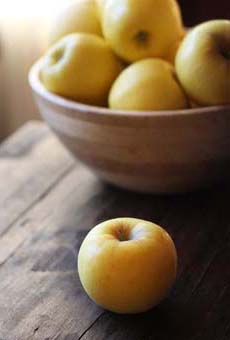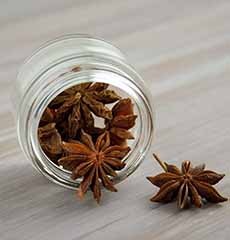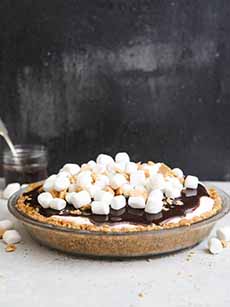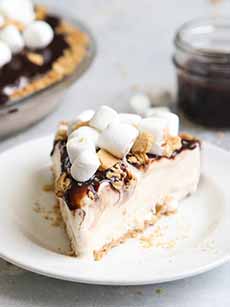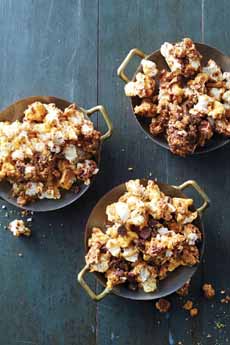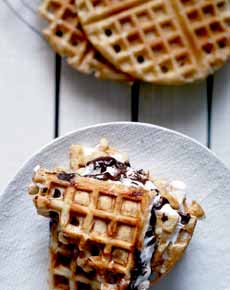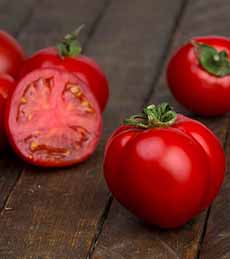|
While the third week in July is National Prosecco Week, August 13th is National Prosecco Day.
Prosecco, a sparkling wine, is our favorite summer wine—and a good year-round sparkler, taking its place among the world’s noteworthy sparkling wines.
Light, fizzy, balanced with a layers of sweet fruit, it’s a good white wine to serve as an apéritif or throughout the meal. Drink it chilled but not ice-cold.
Prosecco is the original base for sparkling cocktails like the popular Aperol Spritz and Bellini.
We think it’s a better base for a Mimosa than the original champagne‡.
Our go-to prosecco is Mionetto, a brand with a delicious and affordable basic wine and varieties from organic to rose to tête de cuvée (a French word meaning “top blend,” the winery’s best [and costliest]).
ABOUT MIONETTO PROSECCO
Mionetto was founded in 1887 by winemaker Francesco Mionetto in Valdobbiadene in the Prosecco region of the Veneto.
Veneto is region in northeastern Italy that stretches from the Dolomite Mountains to the Adriatic Sea. The regional capital is Venice.
Mionetto is one of the areaʼs oldest wine producers. But more noteworthy, itʼs the only Prosecco producer to bottle its wines on demand, only when orders come in.
For a wine variety that shows best when its flavors and aromas are freshest, this is a boon. (NOTE: Don’t age Prosecco—it’s ready to drink when you buy it.)
Another first: Mionetto Organic was the first Prosecco made from organically-grown grapes.
The winery makes four different collections. The Prestige Collection, the classic line, includes:
Prosecco DOC* Treviso Brut, the classic line in a black bottle with an orange label ($13.99)
Prosecco DOC* Organic Extra Dry ($15.99)
Prestige Rosé Extra-Dry ($15.99)
Prestige Moscato Dolce, a dessert wine ($12.99)
The largest bottling is DOC Treviso Brut (photo #5), made from 100% glera grapes (glera is the main grape of Prosecco).
This wine delivers aromas of golden apples, honey and white peaches, with well-balanced acidity and a clean, dry finish.
There is a Luxury Collection of Valdobbiadene Prosecco Superiore DOCG Extra Dry and Cartizze† DOC Dry, priced at $20.99 and $34.99.
Here are all the bottlings available in the U.S.
PROSECCO FOOD PAIRINGS
Because of the bright acidity and the abundance of bubbles, Mionetto sparkling wines cut right through rich, salty foods making them a perfect partner for:
Light bites like cheese and charcuterie boards, olives, almonds (stuffed mushrooms are great here)
Pizza and flatbreads
Pasta or anything with salty cheeses like parmesan
Prosecco’s delicate flavors enable it to pair well with lighter fare, including fish and shellfish:
Oysters on the half shell, seafood platters and dishes
Sushi, sashimi and crudo
Caviar
It is also a wine that pairs well with spicy foods, including Chinese, Indian, Thai and other Asian cuisines.
And because of its lightness and high acidity, it can easily be drunk with a vinaigrette-dressed salad.
PARTY TIME!
Taste The Line
For a simple tasting, gather as many expressions (different types) of Mionetto prosecco and compare them. Serve them with cheeses, charcuterie and olives.
We especially like tasting the different styles during brunch. They pair well with eggs, frittatas, quiche, even dim sum, bagels and cream cheese.
Cocktail Party
Set up a DIY tasting bar. Guests can taste the Prosecco plain, then turn it into a cocktail with:
Spirits: gin, tequila, vodka
Liqueurs: Chambord, creme de cassis, Grand Marnier, Limoncello or other fruit liqueur
Juices: grapefruit, orange, pomegranate
Garnishes: apple or peach slices, berries, orange peel, pomegranate arils, rosemary or thyme sprigs, etc.
PROSECCO TRIVIA
There are 49 billion bubbles in a bottle of Mionetto.
The cork pops at a speed of 25MPH.
Prosecco has fewer calories than most other wine—especially Mionetto, since itʼs one of the driest Proseccos.
Prosecco is not always bubbly. It can be made in sparkling, semi-sparkling, or still, but all Mionetto Proseccos are sparkling or semi-sparkling.
|
|

[1] Serve prosecco with hors d’oeuvre, appetizers, or anywhere a white wine is called for (all photos © Mionetto).

[2] Add sliced apples to a green salad and serve with Prosecco.

[3] Prosecco loves pasta dishes, especially those with seafood or vegetables. Here, it’s paired with Linguine With Clam Sauce.

[4] Prosecco is very friendly to spicy foods—Chinese, Indian and Thai, for example).
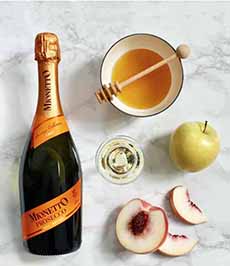
[5] Snack on apples, peaches and other fruits with a glass of Mionetto. Here, a perfect pairing, since apples and peaches are flavors that naturally occur in prosecco.
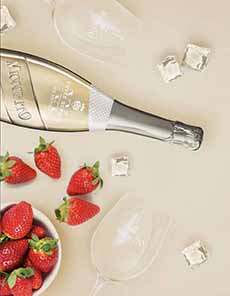
[6] Similarly, you can serve it with a simple fruit dessert. Prosecco’s Moscato Dolce is also terrific with dessert.
|







